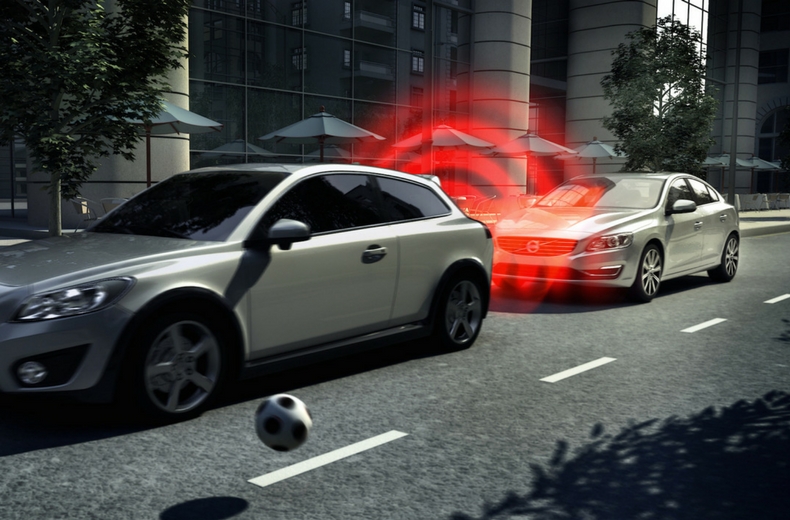
Do you know what stopping distance means and how to apply it?
We have all had times when we had to use emergency brakes. Let’s be honest: what were the subsequent feelings of not having a faster reaction time? Your heart was pounding inside your chest, and you probably thanked God that it was only a near miss. We are glad for your sake and others that there were no damages and no one got hurt.
Let’s rewind for a moment and think back. What was happening at the time before you noticed you were at risk of a crash? Were you distracted, tired, or impaired? It would be best if you answered that honestly.
If you had entirely focused your attention on the task of driving, you might not have experienced the fear and anxiety brought about by inattention.
How to calculate stopping distance
Do you know the distance from 60km/h to a complete standstill (0km/h)? This distance is referred to as the “stopping distance.”
Stopping distance = braking distance + reaction distance
It is important to note that a vehicle’s speed determines a collision’s outcome. Hence, you should always be aware of your stopping distance. It could be the difference between life and death.
When you apply the brakes on your vehicle, it does not automatically come to a complete stop. How do we calculate the two components of stopping distance: “braking distance” and “reaction distance”?
Reaction distance is when you consider applying your brakes and covering your brakes. Braking distance is the time it takes from the moment you cover your brakes to when your vehicle comes to a complete stop.
Reaction distance
Seeing, Recognizing, and Reacting
By the rule of thumb, it takes approximately 1.5 seconds to notice a hazard (perception time). It takes another 1 second to physically respond by taking one’s foot off the accelerator and covering the brakes (reaction time). The “reaction distance” measured in time is about 2.5 seconds, assuming the driver is not distracted or impaired.
Reaction distance = (speed/10) * 3
At a speed of 30 km/h = (30 / 10) * 3 = 9 meters
At 60 km/h = (60/10) * 3 = 18 meters
Braking distance
The distance it takes for your vehicle to stop after covering your brakes
Once the brakes are applied, the distance it takes for your car to come to a complete stop highly depends on your speed. Use this formula to know how many meters will take your vehicle to a complete stop.
Braking distance = (speed/10) * (speed/10)
At a speed of 50 km/h = (50/10) * (50/10) = 25 meters
If your vehicle has advanced safety features such as an Emergency Braking System, which occurs when the brakes and clutch are applied simultaneously, your braking distance is reduced by half.
Braking distance with EBS applied = [ (speed/10) * (speed/10)] / 2
Using our previous example, at 50 km/h, it will take 12.5 meters to bring your vehicle to a complete stop when EBS is applied.
It is important to note that your braking distance quadruples at double the speed. If your stopping distance is 9 meters at 30km/h, it increases to 36 meters at 60km/h. Let this serve as a reason to always be mindful of your speed when behind the wheel.
Stopping distance
The actual distance it takes for the vehicle to come to a halt
The information we have is sufficient for us to calculate our “stopping distance” by adding the “reaction distance” + “braking distance.”
Therefore, a vehicle goes at 40km/hr using the formula.
Stopping distance = (speed/10 * 3) + (speed/10) * (speed/10)
Stopping distance = (40/10 * 3) + (40/10) * (40/10) = 28 meters
The stopping distance calculation works under normal conditions such as dry roads, good tires, driver attention on the road, the brakes’ state, the vehicle’s technical standard, weather conditions, etc. However, a distracted driver will have a longer stopping distance, even if that distraction occurred for one second.
My advice
Ensure you follow registered speed limits all the time and understand how your speed and awareness affect your stopping distance. Make sure you drive according to the conditions, whether road conditions or weather. What matters most is not how fast you get to your destination, but getting there safely. Remember that 94–96 percent of road crashes are directly related to human behavior. Keeping the road safe is a shared responsibility. You cannot control what others do, but you can control what you do.






